Life isn’t about waiting for the storm to pass, it’s about learning how to dance in the rain.’ The words were scrawled on a board above the counter at the Aus Namib Garage, where I filled up my Namibia2Go Fortuna with diesel and my stomach with steaming coffee and a toasted cheese.
Now, I was ready to dance, come rain or shine. And to make my way to the Namibs, the wild horses of the Namib. While the rest of the country had been experiencing severe drought, this area had received some winter rainfall and the resultant butter-coloured grass was blowing gracefully in the breeze. With no need for the horses to travel far for grazing, they congregated near the hide and waterhole. A few fluffy foals were snoozing in the sun while their moms watched over them. After several years of hardship, this beautiful scene was heaven-sent.
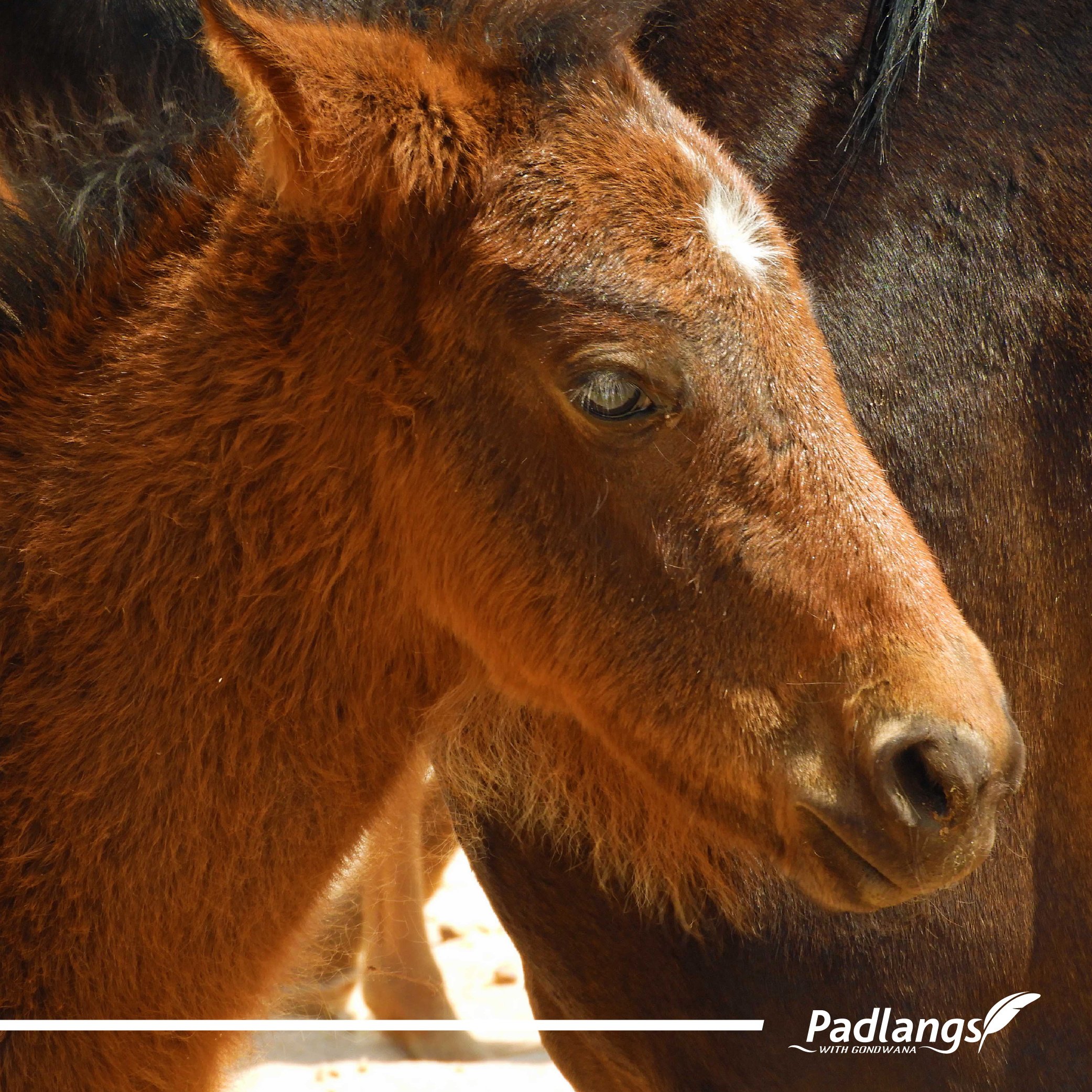
The nearby Klein-Aus Vista Lodge, positioned in the granite-gneiss hills, was going to be my home for the next two days. I found my spot in the campsite, surrounded by an amphitheatre of rock and speckled with camelthorn trees laden with massive sociable weaver nests. As the golden afternoon sun started to transform the landscape with generous brushstrokes, I ventured out with a friend to find the last of the floral display from the winter shower. The flowers danced in the breeze. We paused and breathed it all in, climbed koppies, found more blooms and watched the sun sink into the land, with immense gratitude for all the blessings in our lives.
A night on the good earth was an apt end to a day of natural bounty and I closed my eyes with the shimmering stars shining down on me and with the understanding that however strong the storms are in our lives, we can always find solace in the natural world around us.
Diamond dreams of another kind would take up a good part of the following day as I drove westwards towards Lüderitz and the old diamond mining town of Kolmanskop. When diamonds were discovered in this waterless corner of the Namib Desert in 1908, people flocked to the area. It was said that in some areas there was such a profusion of stones that they glittered by the light of the moon. Opulence in the desert became the norm, and champagne was cheaper than water, which had to be shipped from the Cape and produced by saltwater condensers. After World War One when the diamond mining industry moved south to Oranjemund, the last inhabitants gradually moved off and the town became a ghost town, then - eventually - a tourist attraction. Today, the history is intriguing and the beauty lies in the desert reclaiming its territory. Doorways frame doorways, peeling paint creates interesting designs and colours, light and sand merge in creative masterpieces. I made my way to the engineer’s house, now dilapidated with its roof caved in and sand blown into the corners, and revelled in the patterns made on the sand as the light filtered in. Beauty can indeed be found in the most unexpected places, and is always there should we look.
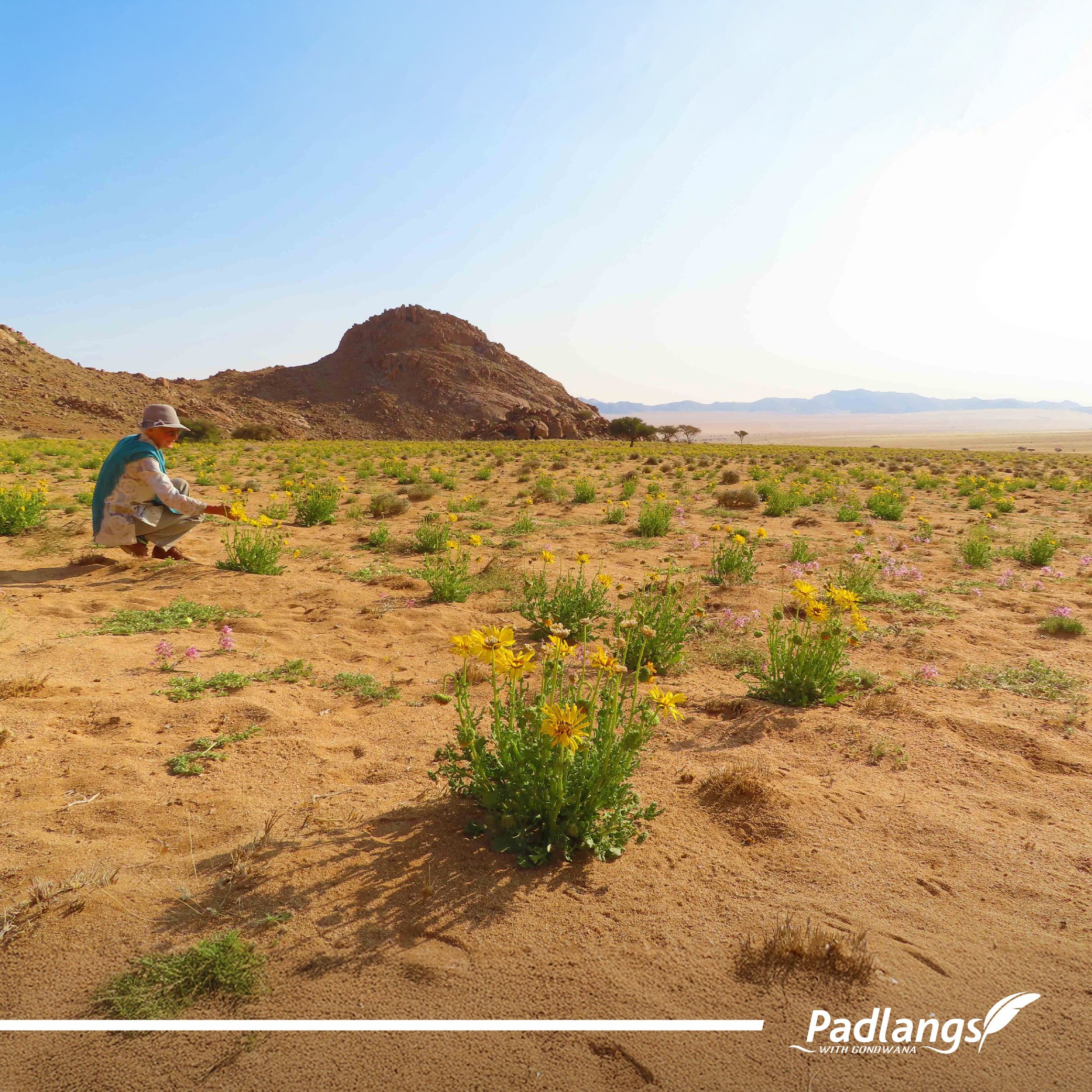
I had entered the coastal cloud and a chilly wind blew as I explored Lüderitz, the desert town built on rock, its century-old buildings mingling colourfully with the new and the past merging with the present. At the Felsenkirche (Church on the Rock) I appreciated a grand view of the town and driving to Shark Island I gained a different perspective looking across the bay. I drove the 20km to Diaz Point, passing the small bays dotted with flamingos, and walked up to the replica of the cross planted by Bartolomeu Diaz in 1488 when he sailed past Angra Pequena (Little Bay), as it was then called. Diaz was one of the intrepid Portuguese seafarers who left their homeland in small caravels to find new sea routes and were away from their families and homes for long stretches. Two years later, in 1500 Diaz’s ship was lost in a storm near the Cape of Good Hope. His name, however, even all these years later lives on in the town. After walking up to the cross, I bought a cup of hot coffee from the ‘Skip Skop’ coffee shop, asking the assistant what the name meant. “It’s the gentle splish-splash of the sea against the shore,” he explained. That made sense. The hefty weather rock that hangs from a wooden post, informing visitors that ‘if the rock’s wet - it’s raining, if it’s swinging - it’s windy and if there’s no rock, there’s been a tornado – or someone has stolen it’, was still so I took it as a sign that the elements were at peace and drove on.
It was time to return to my lovely home at Klein-Aus Vista for the night. The sun was setting in the sky as I popped out of the coastal weather to find myself in the golden late afternoon. I stopped to watch the wild horses in the grass along the roadside as the sun caught their manes, creating a halo of light around the foals. Magic and beauty hovered in the air, and the promise for tomorrow.
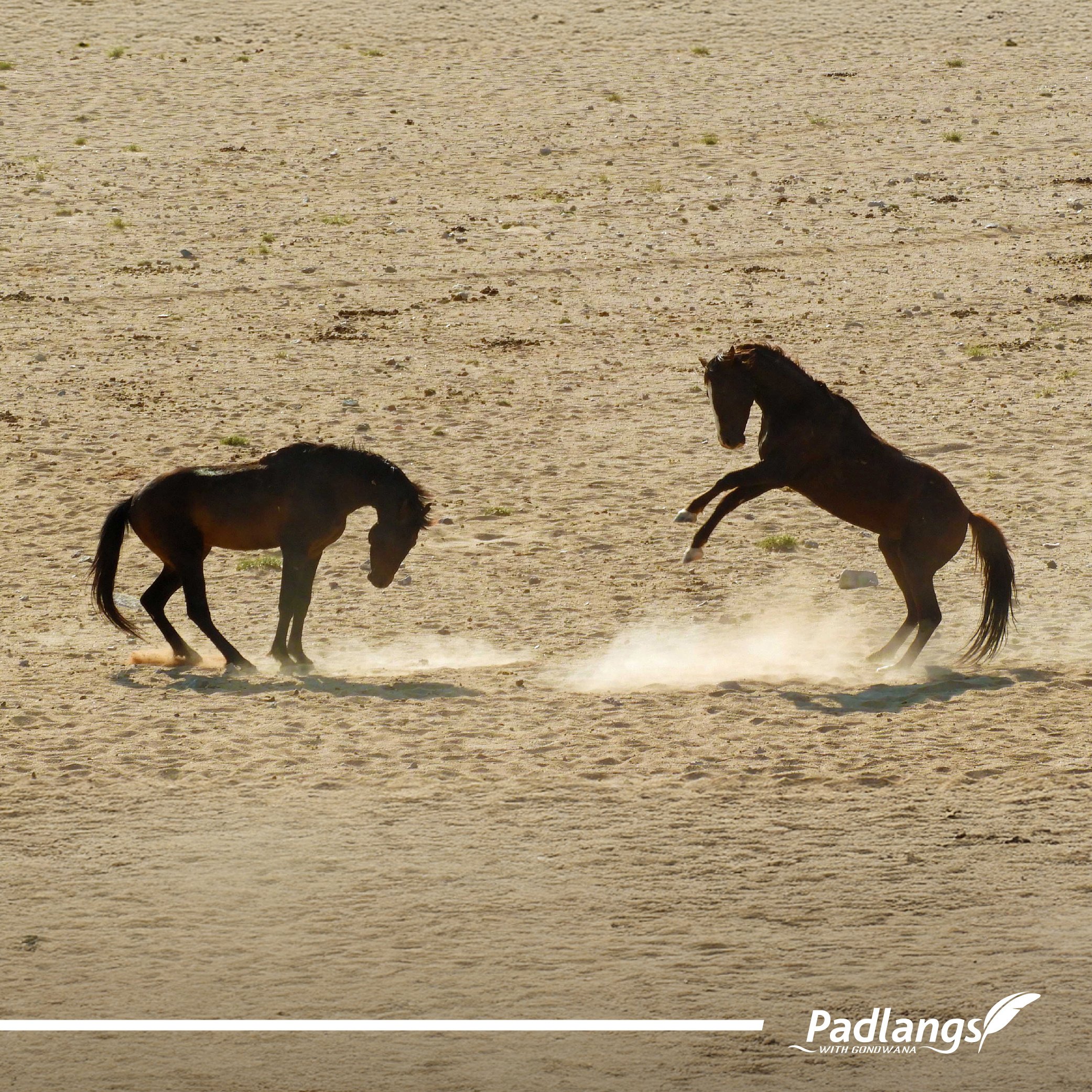
(Join me week after next as I venture southwards to Oranjemund and follow the Orange River before heading up to the canyon, the last leg of my journey. For now.)


.png)
.jpg)
.jpg)


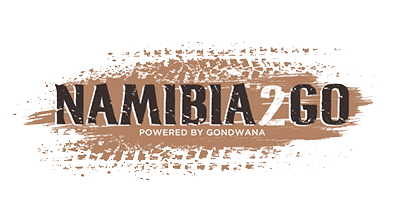

.png)
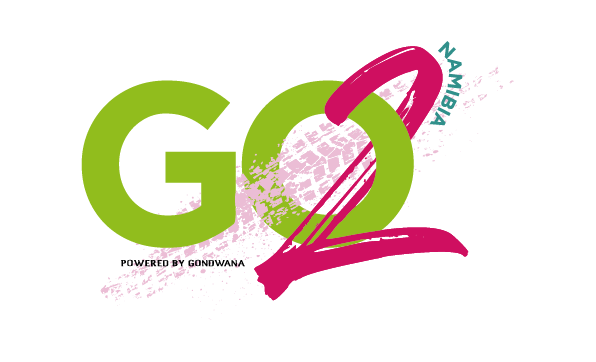
SUBMIT YOUR COMMENT